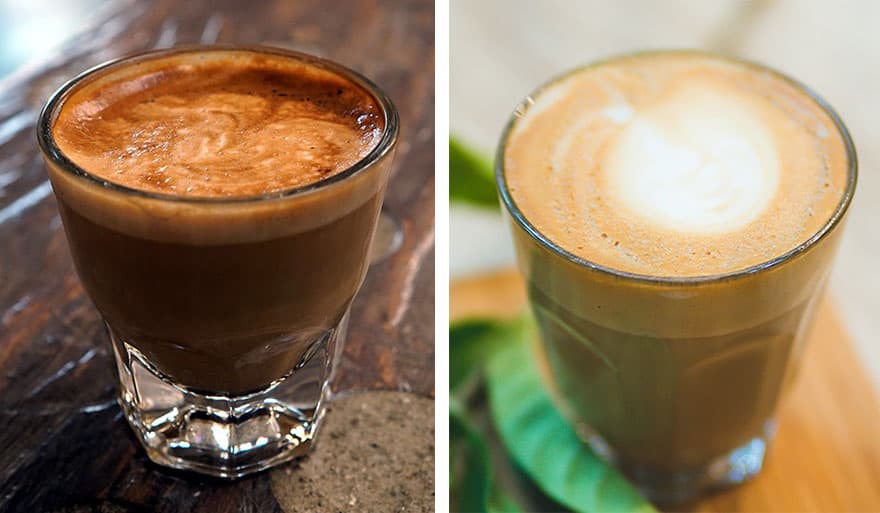Last Updated on December 15, 2023
From language to religion to cuisine, you’ll find a lot of common Mediterranean threads running through Italian and Spanish culture. Coffee is one of those happy examples, specifically the cortado and the caffè latte.
While you’ve probably heard of the latter, you might not know about the former—unless you’re a coffee fanatic, in which case you’re probably pestering your friends about the cortado’s wondrous powers and wondering why they just don’t get it!
To help with your espresso explaining, we’ll go over the basics: what is a cortado, what’s in it, how do you make it, and of course, how does it compare with the better-known caffè latte?
Cortado vs. Latte
Let’s start with a quick explanation of the difference between a cortado and a latte:
The major difference between a cortado and a latte is the composition. While the cortado is a more balanced drink that has an even ratio between steamed milk and espresso, a latte might have a milk-to-coffee ratio that’s as high as 6:1. Also, lattes often have that extra pinch of cocoa dust or chocolate for sweetness.
Cortados, by contrast, are a much more even blend of espresso coffee and milk, and that’s how it tastes (assuming you haven’t added flavoring).
Finally, while lattes are famous for their foam, with some latte foam art becoming an Instagram-flavored form of artistic expression unto itself, foam is hardly if at all present in cortados.

What is a Cortado?
The cortado is a Spanish coffee drink that gets its name from the Spanish verb “cortar,” which means “to cut.” This is because the addition of steamed milk to the cortado helps it “cut through” the acidity of the espresso.
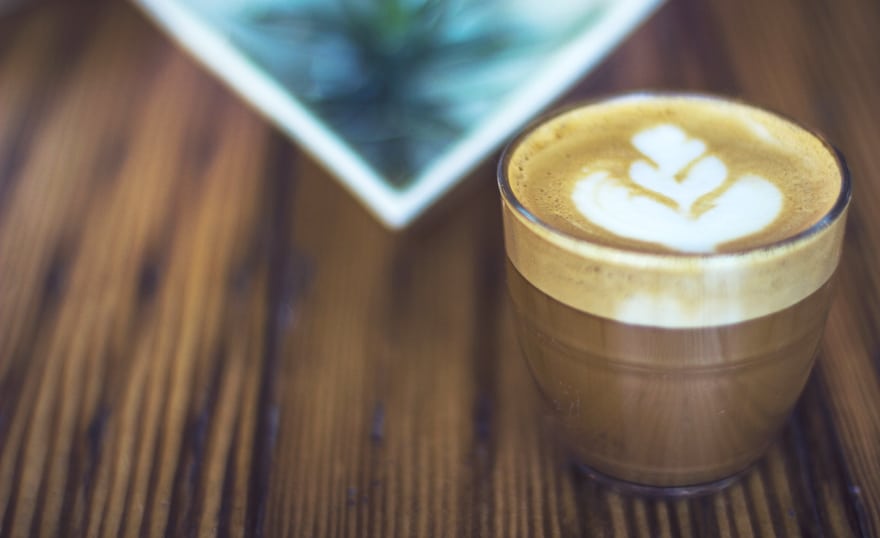
You may know it by some other names as well. In France, the drink is called a noisette, the French word for “hazelnut” which kind of matches its color. Cuba calls it a cordito (distinct from a colada), with mixers sometimes adding a bit of condensed milk. In some West Coast coffee hotspots it’s called a Gibraltar—again harkening back to the drink’s Spanish roots.
Whatever the name might be, what’s in the drink that makes it so special is its percolating caffeinated goodness. In this case, that means a double shot of espresso, and one to two ounces of steamed milk. This is then served in a cortado glass, which is basically a glass tumbler—also called a Gibraltar glass by some, yet another reason for that alternative name.
What this mixture does is “cut into” the acidity and give the drink a more even taste, making it stronger than drinks like a flat white coffee but milder than a macchiato.
The cortado often gets mixed up with the piccolo latte, which is a similar but somewhat different espresso drink.
How to Make a Cortado
Now, to the more deliciously fun part: what is in a cortado, and how can you make one?
First and foremost, for your cortado you’re going to need ground coffee to make your espresso. You can use any coffee to make espresso, but milk tends to pair best with beans roasted specifically for espresso. They are usually darker and more well-roasted than other coffees, and add a smokey flavor to the drink. When you grind them, they should be quite fine but not powder.
You’ll also need a cortado glass (ideally) as well as a stainless steel pitcher.
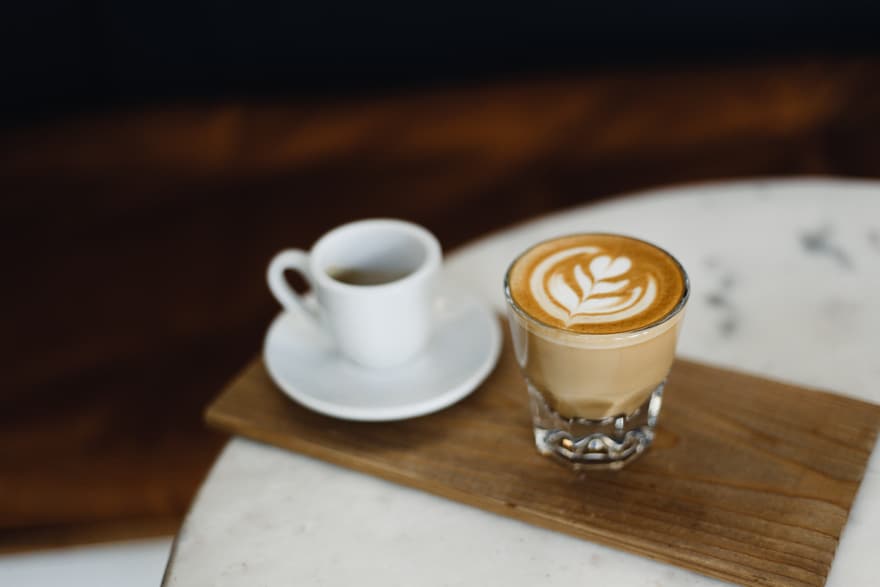
Finally, you’ll need some milk. About an ounce or two should do, though the type of milk can vary. Lower-fat milks such as skim or 1% are typically used for cappuccinos, lattes and other drinks that require a lot of milk froth, because it froths more easily. But that’s not a concern for your cortado, so you can go with a heavier whole milk, or even some light cream.
Now, with those ingredients collected, here’s how to make a cortado:
- First, as noted, you’ll want to measure out your espresso grounds and grind them fine. Then tamp them into your portafilter. This compresses them a little and creates resistance for the water flowing through the portafilter, so that it doesn’t pass through too quickly and leave your coffee under-extracted.
- Place your filter with the espresso grounds into your espresso machine, and get the water flowing.
- Next, pour milk into the stainless steel pitcher and steam it. Remember, you need to heat it but you don’t have to produce any foam.
- Combine your espresso and milk in the cortado glass, and add any extra flavored extracts or syrups to suit your taste.
As with any espresso, you should serve your new concoction immediately.
What Does a Cortado Taste Like?
The best way to resolve that question is to brew up a batch yourself, or make it your next order at your favorite specialty coffee shop.
If you can’t wait that long, though, consider again the name of the drink. It’s called “the cut” because it cuts right through that acidity for a smoother taste. The milk also gives the drink a slightly sweeter taste than you would expect from an espresso or latte. A lot of this has to do with the fact that the milk has not been turned into foam.
You’re left with a sweeter taste and creamier body.
How to Make a Latte
Having gone over the basics of making a cortado, let’s do the same for lattes. They’re far more famous than their Spanish coffee cousins, so there’s a better chance that you already know how to make one. If you don’t, however, there’s never a bad time to learn how to make a latte, so let’s get started.
You can actually make a latte without an espresso machine (try an AeroPress), but since we used one for the cortado, we’ll do the same and use one here.
As with the cortado, you want to make sure you have espresso grounds, and once again you want to grind them finely.
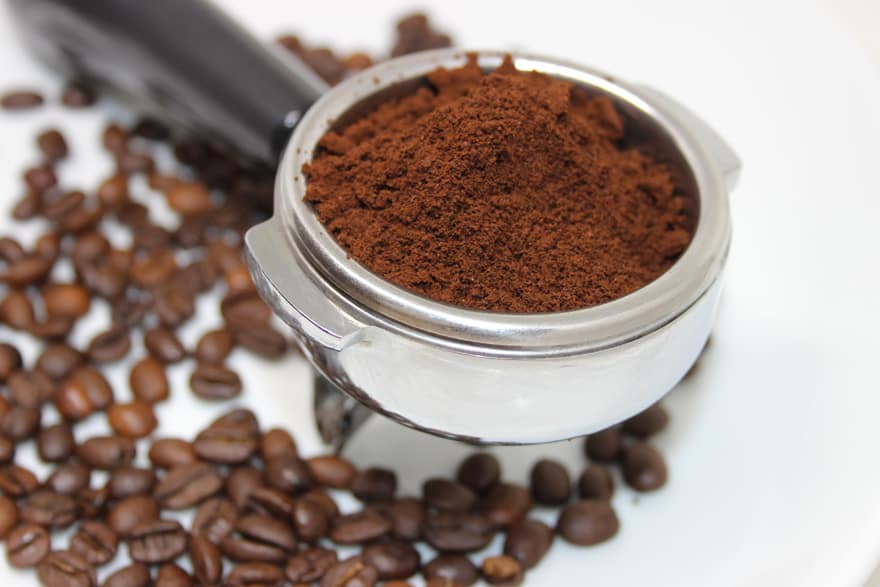
While a latte is one of the most famous espresso drinks in the world, it actually contains a lot more steamed milk and foam than espresso. In fact, for every ounce of espresso you make there can be as much as six ounces of milk. While non-fat milk can work, and certainly foams nicely, it doesn’t have the same rich flavor as a slightly fatter milk such as 2%, which is still light enough to produce a good foam.
You’ll want to heat the espresso to about 145 F. Pour this into the bottom of your latte cup, and then the milk, which should produce a nice sizzling sound as it mixes and a top layer rises while the rest settles into the drink. If you have some foam left in your frothing pitcher, use it to top off the drink.
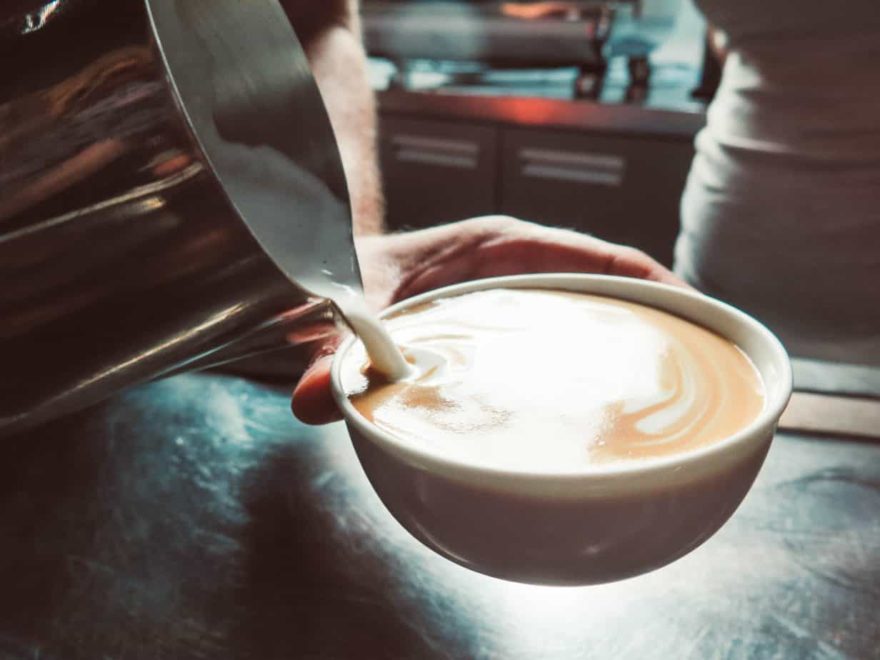
Last, but not least, you can add a nice dash of cocoa dust, chocolate, or something similar to give it an added bit of beauty and sweetness.
Cortados and lattes both have a unique history, style, and flavor, and both remain favorites throughout Italy, Spain, and the Spanish-speaking world—not to mention specialty coffee shops in all parts of the world.
Photos at top: Left image © Samat Jain, used CC BY-SA 2.0. Right image © Hiang Kanjinna, Unsplash.

